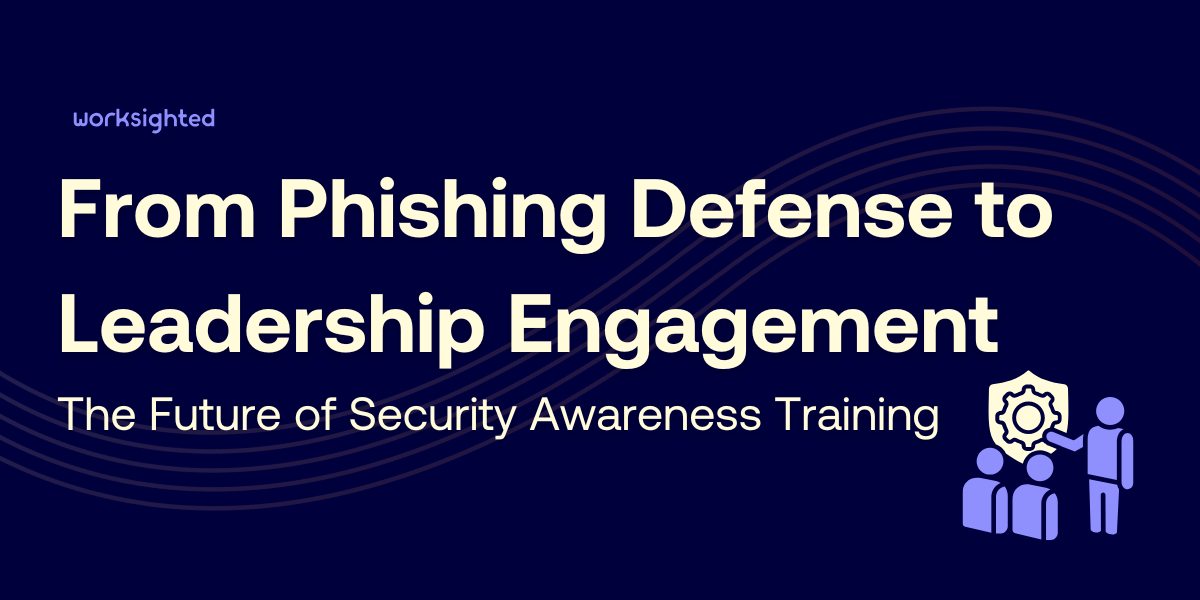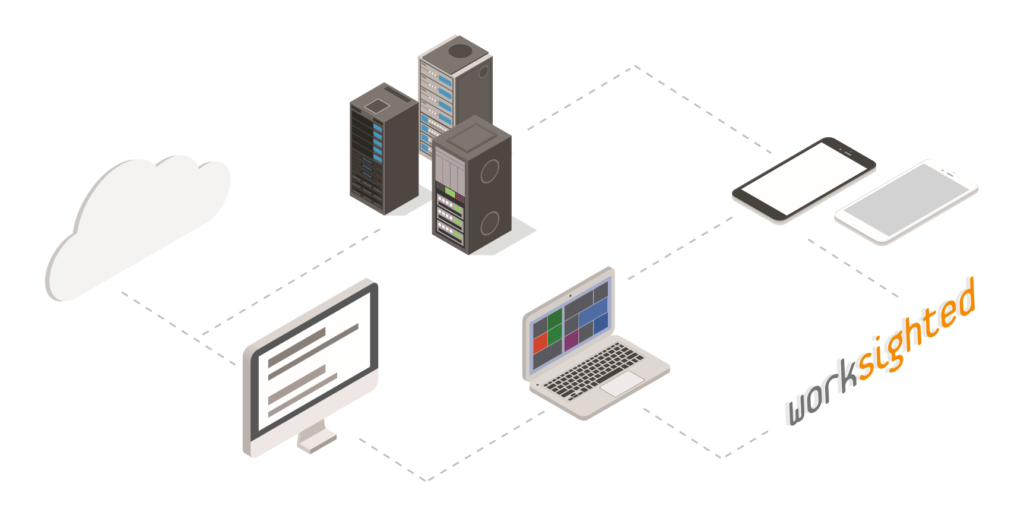From Phishing Defense to Leadership Engagement: The Future of Security Awareness Training

The Ongoing Threat of Phishing
Over the past two decades, the rapid advancement of technology has transformed various industries and the world around it. According to DataReportal as of January 2025, more than 67% of the world’s population – 5 billion people, were using the internet. As technology becomes an integral part of our daily lives, the reliance on digital platforms has grown exponentially. As a result, online users have developed a false sense of security and invulnerability to cyber threats. Overreliance on digital platforms has created the illusion of power and safety, making individuals and organizations more susceptible to deceptive tactics, specifically phishing attacks.
Despite substantial investments in advanced technological safeguards, many security incidents—over 91%—still originate from spear phishing emails as reported by KnowBe4. This underscores a crucial reality: humans are the weakest link and greatest cybersecurity asset.
Evolution and Techniques of Security Awareness Training (SAT)
As a result, Security Awareness Training (SAT) has become an integral part of many organization’s cybersecurity strategies, ensuring that employees are well-equipped to pinpoint and respond to potential threats. Companies are now using ongoing, interactive training methods uniquely designed for individual user behavior. This includes utilizing real-time data, personalized lessons, and frequent phishing tests.
Additionally, interactive platforms, gamified scenarios, and even virtual reality simulations are steadily replacing outdated training models, a notable trend in 2025. These methods not only capture attention effectively but also significantly improve retention, empowering employees to instinctively recognize and swiftly respond to these potential threats.
Role of Artificial Intelligence and Challenges Posed by AI-Driven Attacks
Beyond interactive methods, artificial intelligence (AI) offers crucial support in strengthening SAT programs. Organizations utilize AI analytics to understand employee behavior, anticipate susceptibility to specific threats, and deliver tailored training. AI also streamlines security operations by quickly and accurately identifying new threats, allowing trainers to promptly update learning materials to reflect current risks.
However, it’s crucial to recognize that attackers are also increasingly using these very same AI tools, which adds an additional layer of complexity to cybersecurity. Cybercriminals are leveraging AI to create highly personalized and believable phishing emails that users struggle to identify as fake. Consequently, strong and ongoing security training is now more essential than ever to prepare employees for these increasingly subtle and targeted attacks.
Importance of Leadership Buy-In
Technology and training alone will not guarantee success in alleviating cyber threats. A critical yet frequently overlooked element remains genuine leadership buy-in. Without a strong commitment from senior executives, even the best security training programs can fail. Leaders influence the organization’s culture, and when they prioritize cybersecurity, everyone else in the organization is more likely to do the same. This involvement isn’t just about approving budgets; it requires active participation and visible support from leadership. Consequently, a strong commitment from senior executives is essential for the success of security training programs.
When leaders actively align themselves with their organization’s cybersecurity efforts, it sends a powerful message about the importance of security. Employees see their leaders participating in training sessions, engaging in simulations, and discussing the latest cyber threats. This visible commitment transforms security training from a mere compliance task into a core organizational value, fostering a culture where everyone takes cybersecurity seriously. As John Quincy Adams said, “If your actions inspire others to dream more, learn more, do more and become more, you are a leader.”
Fostering a Culture of Cybersecurity Awareness
To build a strong culture of cybersecurity, organizations need to be open and clear in their communication. By sharing what they learn from security incidents, celebrating successes, and recognizing people who actively protect against threats, they encourage everyone to adopt positive security behaviors and attitudes.
Preparing for the Future of Cybersecurity
Cyber threats aren’t slowing down in 2025, making proactive and engaging security awareness training more important than ever. Organizations that adopt cutting-edge training techniques and integrate AI tools to counteract threats in real-time can transform their cybersecurity approach. With leadership’s commitment, these companies reduce breach risks and cultivate a resilient, security-aware culture. This culture fortifies defenses, boosts employee morale, and fosters trust, making the entire team a formidable force against cyber threats.





